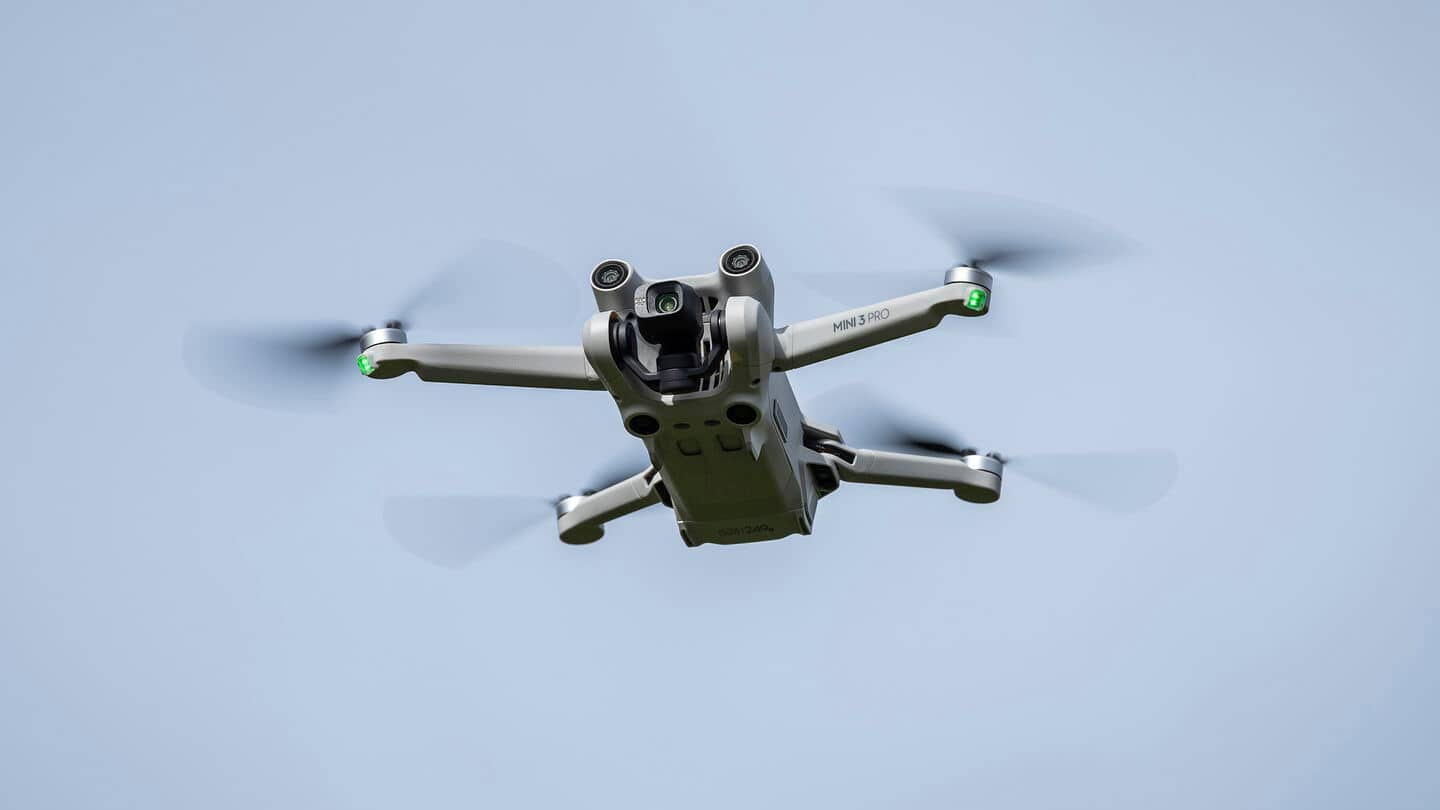
This new tech lets drones pull-off stunts autonomously—better than humans
What's the story
In a major breakthrough, a team of Chinese researchers has developed an innovative algorithm that allows first-person-view (FPV) drones to perform autonomous aerobatic maneuvers. The work was described in the peer-reviewed journal Science Robotics. With the new algorithm, these FPV drones can even beat human operators in challenging flight missions, representing a major leap in the field of drone technology.
Flight challenges
Aerobatic flight: A challenge for conventional aircraft
Aerobatic flight involves high-risk maneuvers that require unstable postures. Such movements are rarely seen in traditional flight operations for most aircraft. However, aerobatic flying is a critical skill in nature for many species. Birds like sparrowhawks and falcons can quickly adjust speed and direction through vertical or inverted flight to hunt or avoid obstacles. While bats are famous for their mid-air flips and hanging upside down, ravens engage in complex aerobatics to woo their peers.
Bio-inspiration
Nature's aerobatics inspire drone technology
Gao Fei, an associate professor at Zhejiang University, said this biological wisdom - transforming 'high-risk maneuvers' into 'high-survival rewards' - is key to redefining traditional drone flight paradigms. The revolutionary algorithm takes cues from natural skills to improve FPV drones' performance. It will allow these machines to handle intense flight missions with precision and efficiency.